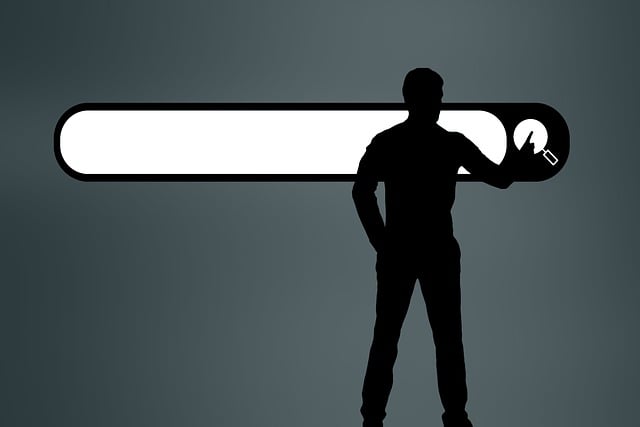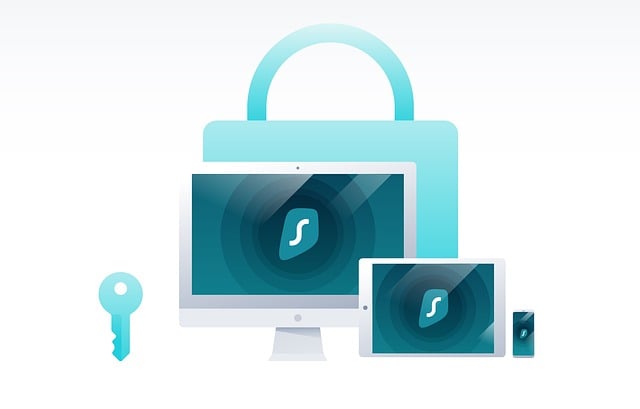Choosing a longboard for beginners revolves around deck length, with 30-34 inches recommended for balance between tricks and cruising. Longer decks (36+ inches) offer stability for higher speeds and advanced maneuvers as skills improve. The perfect board combines length, shape, and versatility for diverse riding styles; setup includes truck angle and wheel size adjustments. Mastering techniques like forward stances and refined pushes is crucial for longer boards to ensure thrilling yet manageable rides.
Introducing our comprehensive guide to extended deck lengths in longboarding, tailored for both seasoned riders and enthusiastic beginners. Discover why choosing a longer deck can transform your longboarding experience, offering enhanced stability and speed. We’ll explore various types of longboards, from street to downhill designs, all categorized by their unique deck lengths.
Learn the key factors to consider when purchasing your ideal board, and master setting up your longboard for optimal performance.
Understanding Deck Length: A Beginner's Guide

When it comes to choosing a longboard, one of the most important considerations for beginners is understanding deck length. Deck length refers to the distance between the nose and tail of the board, measured in inches. For newcomers to longboarding, selecting the appropriate deck length can seem daunting, but it’s a crucial step to ensure comfort and control while riding.
A good starting point is to consider your height and the type of longboard you plan to ride. In general, shorter decks are more agile and suitable for trick-oriented styles, while longer decks offer increased stability and are ideal for cruising and downhill riding. For a longboard for beginners, a deck length between 30 to 34 inches is often recommended as it strikes a balance between maneuverability and stability, making it versatile for various riding styles and skill levels.
Why Choose a Longer Deck for Longboarding?

For longboarding beginners, opting for a longer deck can offer several advantages that enhance both performance and enjoyment. Firstly, longer decks provide stability, making it easier to maintain balance during turns and at higher speeds. This added stability is particularly beneficial for newcomers who are still getting a feel for their board and learning basic maneuvers.
Additionally, extended deck lengths allow for more flexibility in foot placement, which can improve control and comfort while carving or dancing on the board. Beginners often appreciate the extra space, as it encourages them to experiment with different stances and styles without worrying about losing balance. This freedom of movement can boost confidence and foster a love for longboarding from the very start.
Types of Longboards: Deck Length Variations

When it comes to choosing a longboard, one of the key considerations is the deck length, which can vary significantly. For beginners looking to ease into the world of longboarding, a shorter deck length offers greater maneuverability and stability. These boards typically range from 28 to 34 inches, providing an easier learning curve as they are lighter and more responsive.
As riders progress and gain confidence, they might opt for longer decks, usually starting from 36 inches and going up to 40-inch plus boards. Longer decks offer greater stability at higher speeds and are ideal for cruising and carving. They also allow for more advanced tricks and maneuvers, making them a popular choice among experienced longboarders.
Factors to Consider When Buying a Longboard

When considering a longboard, especially as a beginner, several factors come into play that can enhance your overall experience. Firstly, deck length is a critical aspect to consider. Longer boards typically offer stability and are ideal for cruising and commuting due to their larger surface area, making them easier to control at higher speeds. However, they might feel less nimble and require more effort to initiate turns compared to shorter decks.
For beginners, it’s recommended to opt for a deck length between 34-38 inches. This range strikes a balance between stability and maneuverability, catering to various riding styles. Additionally, deck shape matters; drop-through or double-kick designs provide versatility, allowing for both smooth cruising and dynamic maneuvers like carves and flips. Remember, the right longboard for beginners should be intuitive, easy to ride, and adaptable to different terrain and riding preferences.
Setting Up Your Longboard: Optimizing Deck Length

When getting your first longboard, one of the most important decisions is choosing the right deck length for your height and riding style. For beginners, a longer board can provide added stability and make learning to stand and balance easier. A general rule of thumb is to choose a board that extends past your feet when stood on end. This extra length offers more surface area for your feet to grip, which can be especially helpful during turns and when carving.
Setting up your longboard properly ensures optimal performance and comfort. Adjusting the truck angle and wheel size based on your deck length is crucial. For instance, a longer board may require slightly different truck settings for ideal turning and maneuverability. Experimenting with these adjustments will help you fine-tune your ride, making it more enjoyable and suitable for your skill level.
Advanced Techniques and Tips for Longboarders

For longboarders looking to extend their deck length, mastering advanced techniques is key. Longer decks require a different approach from standard shortboards, demanding more speed and control for stable turns and smooth rides. One crucial tip is to adjust your stance; with a longer board, you’ll need to stand further forward to maintain balance and agility. This simple adjustment can significantly impact your carving and turning abilities.
Additionally, beginners should focus on developing a strong push technique. Since longer decks offer more speed, effectively utilizing your push can help navigate turns efficiently. Practice pushing harder and faster while maintaining control—this skill will ensure you can handle the increased length with ease, making your longboard for beginners experience both thrilling and manageable.
